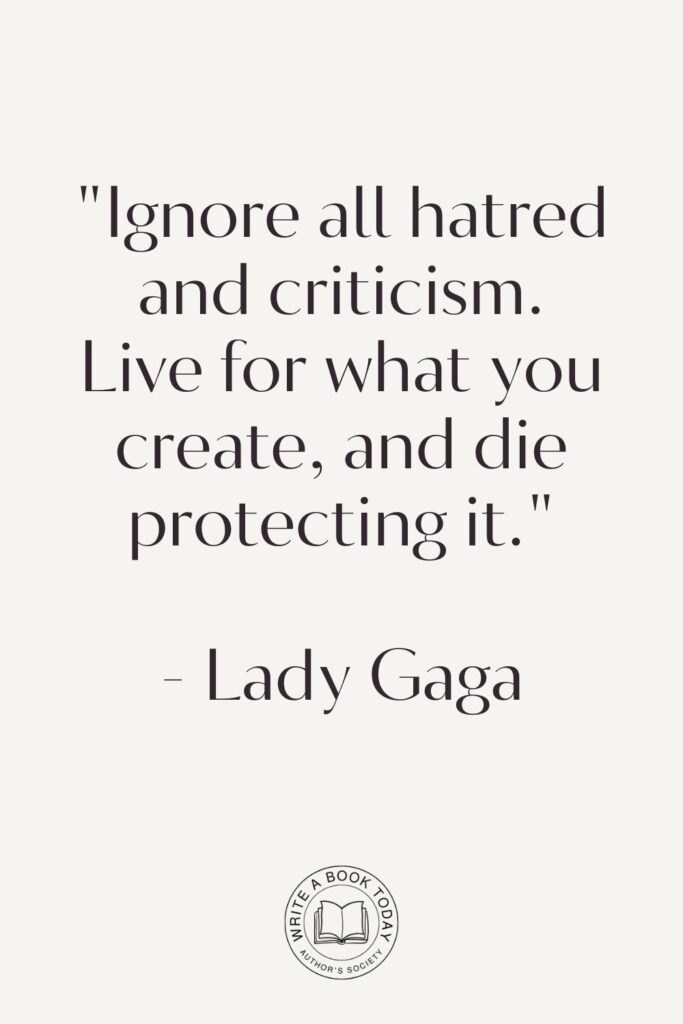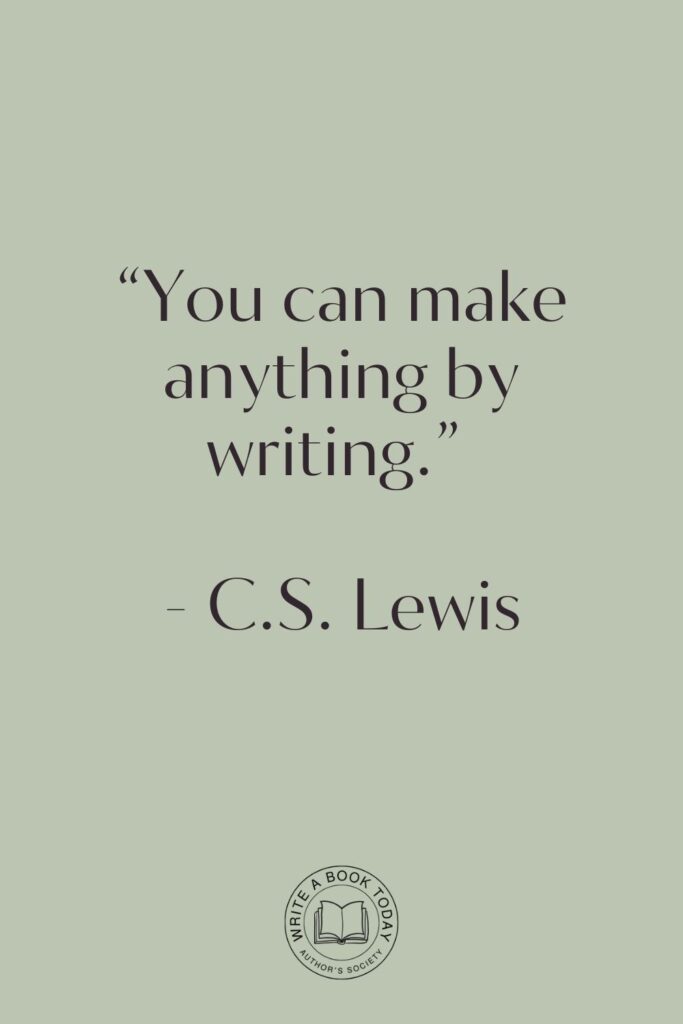Creating a sequel is much like embarking on a new adventure while holding onto the essence of a familiar journey. It’s a delicate balance of innovation and tradition, where the stakes are higher and the expectations are grander.
For writers, writing a sequel can be both exhilarating and daunting. A sequel offers the opportunity to delve deeper into beloved characters and expand upon the world you’ve created.
However, it also comes with the challenge of meeting or exceeding the expectations set by the original work. This guide aims to illuminate the common pitfalls in sequel writing and offer practical advice to help you craft a follow-up that captivates and resonates with your audience.
Understanding the Importance of a Strong Sequel
Sequels are more than just a continuation; they are a testament to the original story’s impact and its ability to capture the audience’s imagination. When writing a sequel, it’s crucial to understand its significance not only for your readers but also for the legacy of the initial narrative.
No marketing platform? No social following? No problem!
Publisher Rocket helps you market your debut novel like a pro.
It’s a gamechanger for debut authors – try it today!


Why Writing a Sequel Matters
At the heart of every sequel is the promise of returning to a world that readers have come to love. A well-crafted sequel can enhance the original story, providing new perspectives and deepening the emotional connections established in the first installment.
This is why sequel writing tips are invaluable—they help ensure that the sequel not only stands on its own but also enriches the overarching narrative. Readers who are invested in your characters and world are looking for continuity, yet they crave fresh experiences that keep them engaged.
Remember to consider what made your original story successful. Analyzing the elements that resonated with your audience can provide valuable insights as you embark on your sequel. This reflection will guide you in maintaining the essence of the original while introducing new layers to the story.
The Impact of Sequels on Readers
Readers approach sequels with a mixture of excitement and trepidation. They long to revisit characters they’ve grown fond of and to explore the world further. However, they also harbor high expectations, hoping the sequel will live up to or even surpass the original.
The impact of a sequel on readers is profound; it can cement their loyalty to your work or leave them feeling disenchanted. Successfully writing a sequel involves striking a balance between familiarity and novelty, ensuring that the story remains compelling while respecting the foundation laid by the first book.
Common Mistakes to Avoid in Sequel Writing
Even seasoned writers can fall into traps when crafting a sequel. Avoiding these common mistakes can save you from unnecessary headaches and help you create a sequel that is both satisfying and memorable.

Neglecting Character Development in Sequels
One of the most critical elements of a sequel is the evolution of its characters. Neglecting character development in sequels can result in a story that feels stagnant and unengaging.
Characters should not remain static; they must grow and change in response to new challenges and experiences. A sequel provides the perfect opportunity to explore different facets of your characters’ personalities and delve deeper into their motivations.
To keep your characters dynamic, consider how the events of the first story have impacted them. What lessons have they learned? How have their relationships evolved? Use these insights to guide their development in the sequel, ensuring that their growth feels natural and authentic.
Forgetting the Original’s Essence
It’s easy to get carried away with new ideas and plots, but losing sight of the original story’s essence can alienate your audience. A sequel should maintain the tone, style, and core themes that made the first book resonate with readers.
While it’s important to introduce new elements, they should complement rather than overshadow the original narrative. Staying true to the spirit of the first story ensures continuity and reinforces the connection between the two works.
Google Docs is for notes. Scrivener is for novels. Upgrade your writing game and try it for free today!

Overcomplicating the Plot
In an attempt to create a more intricate story, writers sometimes overcomplicate the plot, leading to confusion and disengagement. A convoluted plot can detract from the story’s emotional impact and overwhelm readers.
When writing a sequel, strive for clarity and coherence. Introduce new plotlines thoughtfully and ensure they serve the story’s overall arc. Simplifying complex elements can often lead to a more impactful narrative.
| Common Sequel Mistakes | Consequences |
|---|---|
| Neglecting Character Development | Stagnant and unengaging story |
| Forgetting the Original’s Essence | Alienated audience |
| Overcomplicating the Plot | Confusion and disengagement |
Ignoring Reader Expectations
While it’s important to surprise your audience, completely ignoring reader expectations can backfire. Readers return to a sequel with certain hopes based on their experiences with the original.
Striking a balance between meeting these expectations and delivering unexpected twists is key. Understanding what your readers loved about the first book can guide you in crafting a sequel that satisfies and delights.

Underestimating the Power of Fresh Ideas
Sticking too closely to the original formula can lead to a sequel that feels repetitive. While continuity is important, fresh ideas inject vitality into the story, keeping it exciting and engaging.
Explore new themes, settings, or conflicts that add depth and dimension to the narrative. Innovative elements can invigorate the story and captivate your readers, making the sequel feel both familiar and new.
Consider introducing a subplot that complements the main storyline. A well-crafted subplot can add layers to the narrative and provide opportunities for character development. Ensure that it aligns with the central themes and enhances the overall story.
Rushing the Writing Process
In the eagerness to deliver a sequel, some writers rush the process, resulting in a work that feels underdeveloped. Quality takes time, and a well-thought-out sequel requires careful planning and execution.
Allow yourself the space to brainstorm, outline, and revise. Taking the time to polish your sequel ensures that it meets the high standards set by the original and leaves a lasting impression on your audience.
Tips for Crafting a Compelling Sequel
Crafting a sequel that captivates and resonates involves building on the strengths of the original while introducing new elements that enrich the story. Here are some tips to guide you on this creative journey.
Feeling lost with your debut novel?
Fiverr Pro connects you with expert editors, designers, and marketers – everything you need to get your book ready for success!

Building on Existing Characters
Characters are the heart of any story, and their development is crucial in a sequel. Expand on their backstories, explore their relationships, and introduce new challenges that test their growth.
This not only keeps your audience invested but also adds depth to the narrative. By allowing your characters to evolve, you create a dynamic story that feels alive and engaging.
To deepen character development, consider incorporating flashbacks or inner monologues. These techniques can reveal hidden aspects of a character’s personality and motivations, enriching the reader’s understanding and connection to them.
Expanding the World-Building
A sequel offers the opportunity to delve deeper into the world you’ve created. Introduce new locations, cultures, or elements that add richness and complexity to the setting. This expansion should feel organic and serve the story’s progression.
By broadening the scope of your world-building, you invite readers to explore and discover alongside your characters, enhancing their immersion in the narrative.

Creating a Unique Conflict
While it’s tempting to replicate the conflict from the original story, a sequel thrives on fresh challenges. Introduce a unique conflict that tests your characters in new ways and propels the narrative forward.
This not only keeps the story engaging but also prevents it from feeling repetitive. A compelling conflict is the driving force of a sequel, capturing readers’ attention and encouraging them to invest in the outcome.
Maintaining Reader Engagement
Engagement is key to a successful sequel. Keep readers hooked by maintaining a balance between action and introspection. Pacing is crucial; too slow, and readers may lose interest; too fast, and the story may feel rushed.
Utilize cliffhangers, suspense, and emotional stakes to maintain momentum and keep readers eagerly turning the pages. A well-paced sequel ensures that readers remain invested from start to finish.
Incorporating Feedback and Revisions
Feedback is a valuable tool in the writing process. Consider input from beta readers or critique partners to identify areas for improvement. Revising based on constructive feedback can elevate your sequel, addressing potential weaknesses and enhancing its strengths.
Embrace revisions as an opportunity to refine your work and deliver a polished and captivating sequel.

Embracing the Creative Journey
The process of writing a sequel is as much about personal growth as it is about storytelling. Embrace the journey with all its challenges and triumphs, and remember that each step brings you closer to creating something truly special.
Learning from Mistakes
Mistakes are an inevitable part of the creative process, but they also present opportunities for growth and learning. Reflect on what didn’t work in your first draft and use those insights to inform your revisions.
By acknowledging and learning from your mistakes, you can improve your craft and create a sequel that resonates with your audience. Embrace imperfections as stepping stones to success.
Staying Motivated Throughout the Process
Writing a sequel requires perseverance and dedication. Set realistic goals, celebrate small victories, and remind yourself of the passion that drives your creativity. Staying motivated ensures that you remain committed to the project, even when faced with challenges.
Remember, the journey is just as important as the destination, and each word brings you closer to completing your sequel.
Celebrating Your Progress
Every step you take in writing a sequel is an achievement worth celebrating. Acknowledge the milestones you’ve reached, whether it’s finishing a draft, receiving positive feedback, or overcoming writer’s block.
Celebrating your progress reinforces your commitment and fuels your enthusiasm for the project. Embrace the joy of creation and take pride in your accomplishments.








